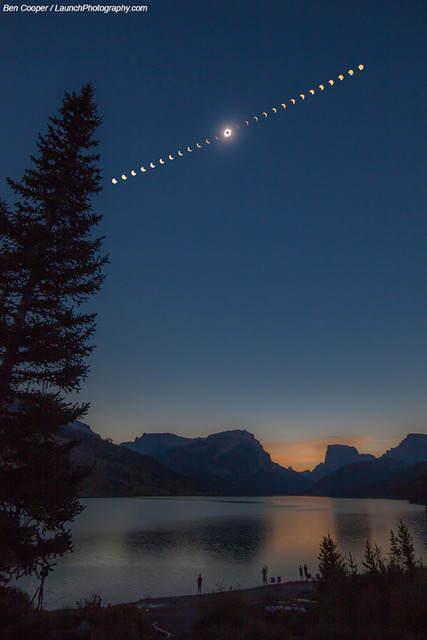more »
Researchers have probed the electron spin g factor in graphene and discovered that, surprisingly, this factor is insensitive to external effects such as charge carrier type, density and mobility. The g factor is an important parameter that defines spin properties of electrons in a material, with fundamental implications in spintronic applications.
Their findings published in Physical Review Letters, the scientific team from the University of Hamburg, University of Wisconsin-Madison, and Graphenea used electron spin resonance (ESR) to detect spin flips in monolayer graphene, while operating the device in a field-effect transistor configuration for charge carrier type, density, and mobility tuning. The finding that g is constant at a value of 1.95 regardless of external tuning surprised the researchers, as it indicates that the coupling of spin to the orbital degree of freedom of the electrons in graphene is intrinsic. This finding will have to be taken into account when designing any graphene-based spin-logic device, because the g factor affects all spin behaviour, such as spin lifetime.

Image: The graphene g-factor is constant against changing external factors, such as carrier density. Copyright APS, Phys. Rev. Lett. 119, 066802 (2017).
Spintronics is an emerging technology that, as opposed to electronics on which all our devices rely, manipulates electron spin instead of shuttling charged carriers across devices. Electron spin can have two states, “up” and “down”, analogous to the “0” and “1” bit in digital electronics. Manipulation of spin instead of (or in addition to) charge has several advantages over conventional electronics. Less energy is needed to change spin than to generate a current, thus spintronic devices will last longer and generate less heat than electronic devices. Spin states can be set quickly, allowing faster computing, and the state stays fixed, yielding a long-term memory device. In fact, spin-based memory is already being used in modern magnetic hard drives.
Graphene is an ideal material for spintronics. It has small spin-orbit coupling, weak hyperfine coupling and high mobility keeping the electron spins coherent over microns, enough to build spintronic devices and platforms. Earlier this year researchers demonstrated a room-temperature spin transistor from graphene. Other spin-logic devices will include rewritable microchips, transistors, logic gates, magnetic sensors and semiconductor nanoparticles for quantum computing.
via Graphenea


